Infrastructure Development : Finalising Existing, Crafting New Projects
- Par Godlove BAINKONG
- 06 nov. 2024 12:16
- 0 Likes
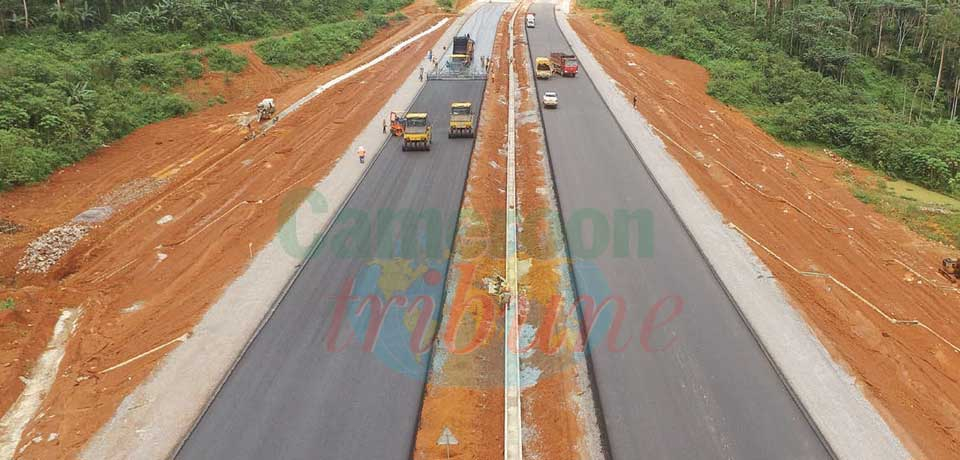
From roads, water and energy, health, education, sports through air and seaport infrastructure, the New Deal Regime has made strides, but must redouble efforts to meet growing defies.
Infrastructure development is generally known to be the foundation for meaningful growth in any people-centered system. The New Deal Regime of President Paul Biya seems to have caught the vision, though surmountable challenges abound. From November 6, 1982 when the Head of State ascended to the supreme magistracy, there has been considerable improvement in a wide-range of sectors. But the country could have done better throughout the decades.
Roads, Air, Seaports
Transport constitutes one of the main ingredients of sustainable socio-economic development. In fact, it is the basis of any significant progress given that almost everything about man centres around either moving from one place to other or sending or receiving goods from within and without. Land, maritime and air transport infrastructure are therefore the pillar on which most far-sighted systems build development strategies. The New Deal Regime has been striving to toe the line, despite teething challenges. There is the good, the bad and the ugly!
Statistics from the Ministry of Public Works indicate that the country’s road network is estimated at 121,873 km, with 10,225.58 km tarred by 31 December 2023, including: 109 km of motorways, 5,798.69 km of national roads, 1,606.08 km of regional roads and 2,711.81 km of communal roads. This is an improvement from the documented 1,330 km of paved roads some 42 years ago when President Paul Biya came to power. This might be loud-sounding, but the nature of the roads today and their needs by the growing population require more efforts. The country is very sick with its national, regional, communal and even farm-to-market roads. There is thus an urgent need for more realistic solutions to the disquieting road problems. Maritime transport has seen some progress especially with the construction of the Kribi Deep Seaport to add to the Douala port but existing potentials could be well maximised.
The country’s airspace has witnessed some effervescence with several international flights from diverse airline companies. However, the national air carrier is yet to fully hit crescendo.
Water, Energy
It is usually said that water is life and energy is light. Two indispensable life catalysts that must be tackled wholly to make living worth the salt for the population. The New Deal Regime has ensured the construction of several multi-billion hydroelectricity dams where potentials have been identified. Coupled with other efforts, energy supply has moved from barely 522 MW in 1982 to about 2,000 MW in 2024. As good as this sounds, the supply capacity vis-à-vis demand; owing to population growth and growing household and industrial needs, is not good enough. The result is that only about 71 per cent of the approximate...
Cet article complet est réservé aux abonnés
Déjà abonné ? Identifiez-vous >
Accédez en illimité à Cameroon Tribune Digital à partir de 26250 FCFA
Je M'abonne1 minute suffit pour vous abonner à Cameroon Tribune Digital !
- Votre numéro spécial cameroon-tribune en version numérique
- Des encarts
- Des appels d'offres exclusives
- D'avant-première (accès 24h avant la publication)
- Des éditions consultables sur tous supports (smartphone, tablettes, PC)



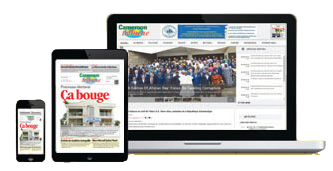



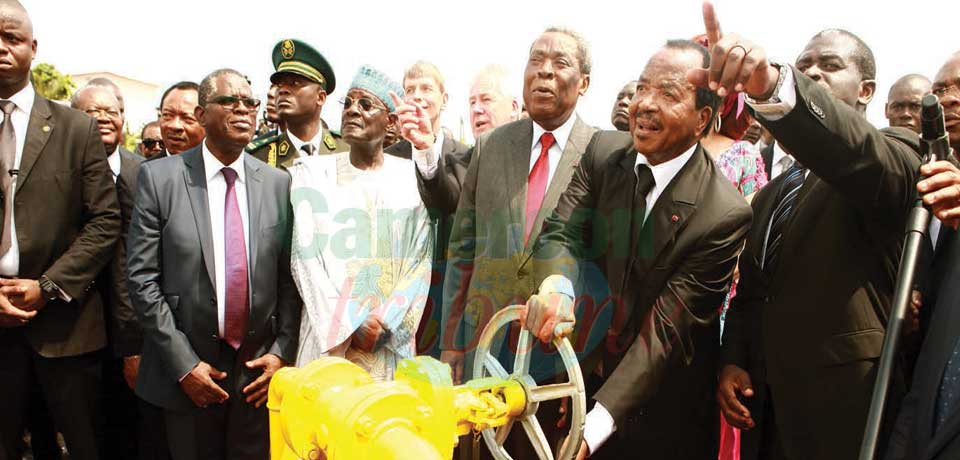
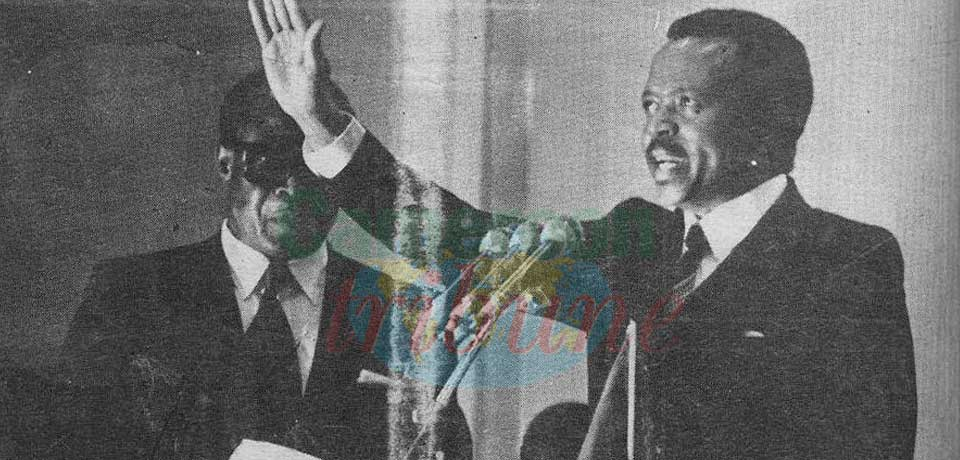

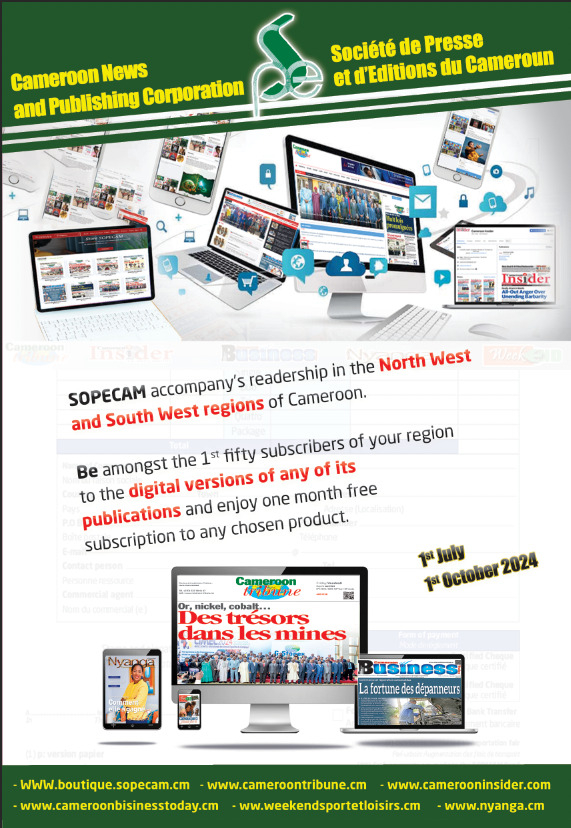

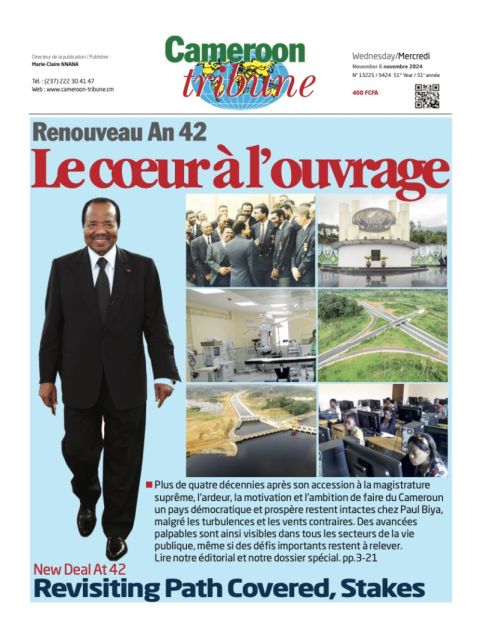

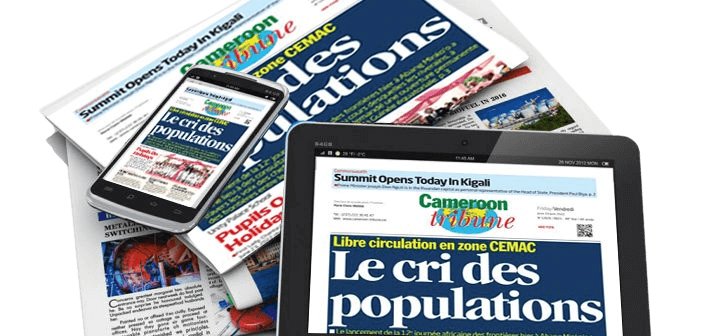


Commentaires